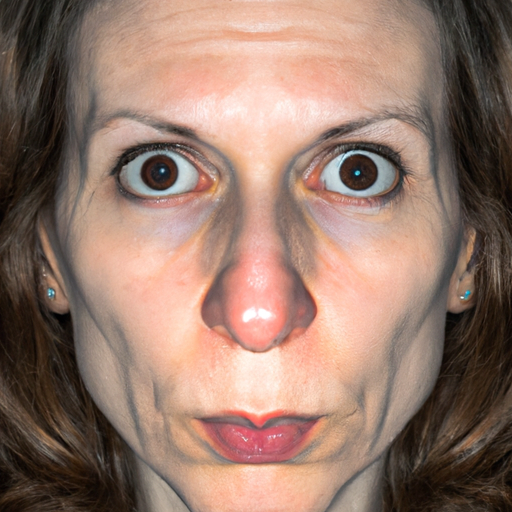As a dermatologist, I am often asked about the difference between hydrating and moisturizing. Many people use these terms interchangeably, but they actually refer to two distinct processes that are both crucial for maintaining healthy skin. Unveiling the mystery behind these terms can help you understand how to better care for your skin.
Hydration and moisturization are two sides of the same coin, both aiming to ensure that your skin remains soft, supple, and radiant. However, they achieve this through different means. Hydration refers to the process of infusing your skin with water, while moisturization involves locking that water in.
Hydration is all about water content within the skin cells. When your skin is well-hydrated, it appears plump, luminous, and healthy. Hydrating products are designed to increase the water content of the skin. They contain ingredients known as humectants, such as hyaluronic acid and glycerin, which attract water molecules and hold them within the skin cells. This process is essential because our skin loses water continuously throughout the day due to factors like exposure to sun, wind, low humidity, and aging.
On the other hand, moisturization is about creating a barrier on the skin’s surface to lock in the water and prevent it from evaporating. This is where moisturizing products come into play. They contain ingredients known as occlusives and emollients, like petroleum jelly and mineral oil, which form a protective layer on the skin’s surface to seal in moisture.
Now that we’ve distinguished between hydration and moisturization let’s discuss why both are essential for your skincare routine.
Firstly, hydration is crucial because our bodies are made up of 60% water. When your skin is dehydrated, it can appear dull, feel tight or show signs of aging like fine lines and wrinkles. Drinking plenty of water is a good start to hydrating your skin, but it’s not enough. Using hydrating skincare products can directly increase the water content in your skin cells, making your skin look and feel healthier.
Secondly, without proper moisturization, the water you’ve added to your skin would simply evaporate. This is especially true in dry climates or heated indoor environments where the air can draw moisture out of your skin. By applying a moisturizer, you create a seal on the surface of your skin that locks in water and provides a barrier against environmental factors that can dry out your skin.
In conclusion, both hydration and moisturization are essential for maintaining healthy, youthful-looking skin. It’s not a matter of choosing one over the other but rather understanding how they work together. For optimal skin health, I recommend incorporating both hydrating and moisturizing products into your daily skincare routine. Start with a hydrating product like a serum or essence to infuse your skin with water. Follow this up with a moisturizer to lock in that hydration and keep your skin feeling soft and smooth.
Understanding the difference between hydrating and moisturizing is more than just semantics—it’s about knowing how to care for your skin effectively. By unveiling this mystery, you can make informed decisions about your skincare routine and keep your skin looking its best.
Unveiling the Mystery: Hydrating vs Moisturizing Explained



